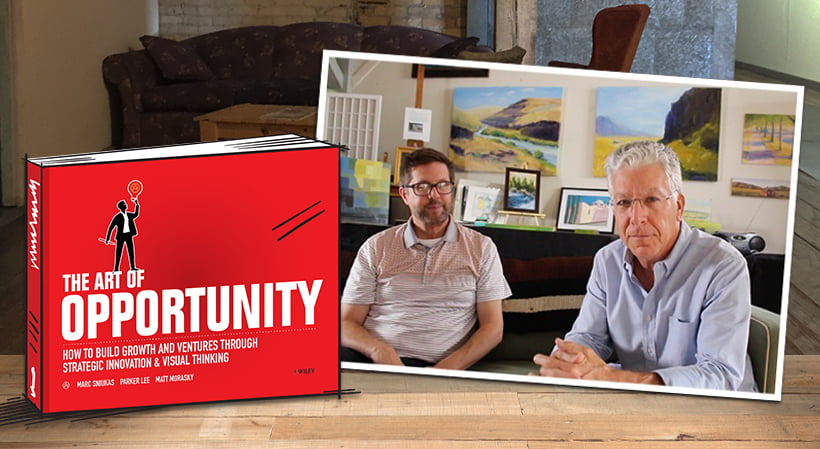StartupNation has partnered with “The Art of Opportunity” to provide an exclusive content series for our readers.
Tradition – we all love it. We all need it. However, when you’re working in today’s competitive, hyper-speed business environment, the old ways may not be your best option to find your new business venture opportunity.

ii. Customer Experience
In traditional strategic management, business leaders are more commonly concerned with where to play and how to win. In finding where to play, the old way has you looking amongst a set of industries and playing with a product/market combination. Simply put, you select your industry, choose the market and then define the offering within the market.
The traditional path for how to win is defined by achieving competitive advantage through the means of gaining cost leadership, creating product differentiation or selecting a specialization or market niche.
Both these conventional business practices follow a linear process of analyzing the situation and environment, followed by developing a strategy, and finally executing it. The underlying principle is that the development of the strategy has to be completed before the strategy can be executed. This is not unsound or a bad thing. However, we believe there is a more innovative, efficient, less risky and effective way to find your new business venture opportunity.
StartupNation Exclusive: Access “The Art of Opportunity” Original Content
Traditional strategy is focused on the company, trying to position the company as being a cost leader, being different, focusing on a niche, or something similar, as we have seen. But being cheaper or different alone is simply no longer enough to be successful (if it ever was). The new approach using strategic innovation shifts the objective from focusing on achieving competitive advantage by simply being cheaper or different to finding and seizing opportunities by creating value.
To find your firm’s new growth opportunity, start with the customer, but not by using traditional customer segmentation or market research methodologies. Look outside your company, seeking to better understand your customer and the previously unthought-of of segments, what we call your “noncustomers,” before turning internally to look at your company. Instead of focusing on industries, markets and competitors, that elusive new venture growth arises from a deep understanding of your customers and noncustomers, their needs and expectations, what drives their choices, and the barriers to consumption and hurdles to satisfaction that hinder these needs from being fulfilled in a satisfactory manner.
Strategic innovation takes an entrepreneurial stance, looking beyond positioning your company to a larger holistic perspective that involves creating value for your customer, your firm, and your business ecosystem.
Related: The Art of Opportunity: Customer Journey Mapping
Only by creating value for a multitude of stakeholders does your company have the potential to be successful. And creating value is achieved through more than simply offering a cheap or different product, to include products, services, the entire customer experience (CX), your business model, and your revenue model. Said in a few words, it is creating value, not just adjusting variables.
So out with the old and in with the new strategic innovation approach to be more efficient and effective in finding your new business venture opportunity.
“The Art of Opportunity” is available now wherever fine books are sold and can be purchased via StartupNation.com.







